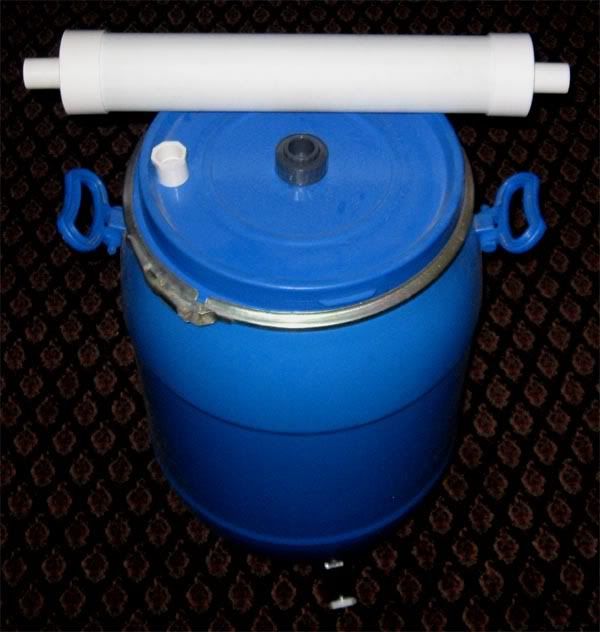whoa, I learned alot in those links. Very nice set up, I understood the pvc partsand I know what most of the stuff does but not how to work it or set it up.
Im sure with more attention to it and practice Ill pick it up.
Anyways I've decided to start a bit smaller and get the Discus part of the equation figured first, Im going to start with a smaller 50 gal tank. It will be bare at first, but I think its best to start small and build up.
Thanks alot for all the info, I finally feel I've found the info resource I needed and Ill be sure to post pics along the way. And ofcoarse keep asking all my boat load of questions
Thanks,
James







 Reply With Quote
Reply With Quote





 PUREE FACTOR.
PUREE FACTOR.



